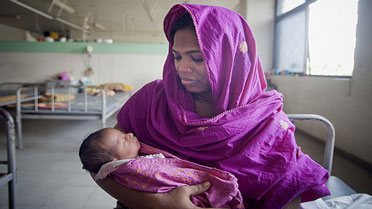How can a better understanding of the social, political, institutional and policy dimensions of pandemic control and preparedness planning help us deal with new outbreak controversies, such as the new H7N9 avian flu in…
Pandemic Flu Controversies
Why don’t we know how to control the spread of Lassa fever?
Researchers in Sierra Leone are looking at how to prevent Lassa fever – a particularly nasty haemorrhagic virus which can wipe out entire households – by controlling the multimammate rat,…
Tackling unregulated health markets
Follow the Washington debate which launched our new book on the spread of health markets in developing countries via the event Storify. New book: Transforming health markets Our new book in the STEPS…
Pandemic Influenza: Research themes
Outbreak policy narratives Public and policy reactions to H5N1 and H1N1 have been guided by the prospect of the devastating impacts of an outbreak. ‘Outbreak narratives’ have guided policymaking,…
Pandemic Influenza: Resources
Books Scoones, I. (ed.) (2010) Avian Influenza: Science, Policy and Politics, London: Earthscan Routledge. Elbe, S. (2010) Security and Global Health, Polity Press Dry, S. and Leach, M. (eds.) (2010)…
Press notice: Animal-to-human disease transmission: The science and poverty implications
As a new strain of SARS-like virus1 is reported to have been identified by UK officials and a major new popular science book Spillover – Animal Infections and the Next…
Health markets: Gerry Bloom and David Peters in Nature
Gerry Bloom, STEPS health convenor and David Peters (Johns Hopkins Bloomberg School of Public Health) have a comment piece in Nature today, on the challenge of unregulated health markets in…
About Us
The Dynamic Drivers of Disease in Africa was a research programme designed to deliver much-needed, cutting-edge science on the relationships between ecosystems, zoonoses, health and wellbeing, with the objective of helping people move…
Approach
The Dynamic Drivers of Disease in Africa programme brought together natural and social scientists, including environmental, biological, social, political, and human and animal health researchers. It was an integrated multidisciplinary –…
People
The Dynamic Drivers of Disease in Africa team comprised: Neil Anderson Neil is a vet with a PhD in wildlife epidemiology. His research interests centre around the transmission of diseases at the wildlife/livestock/human…
